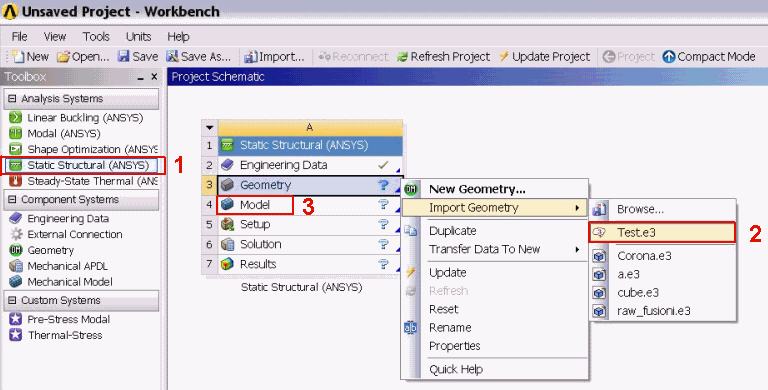

Several connecting rods from different engine. This research was conducted to examine the design of the connecting rod and perform finite element analysis onto the design using ANSYS programme. Linear motion from the piston is transformed into rotational motion via the connecting rod. In an internal combustion engine, connecting rods are usually located in between a piston and a crankshaft. The current “state of the art” of this newly achieved merging of 3D elasticity solutions and 2D smeared laminate modelling is finally outlined and the Notes end by identifying further research areas that future activity should be directed to and/or focused in. The method’s reliability is tested and verified by studying in detail a class of problems that deal with bending of cross-ply laminates. It is however also shown that, if needed, accuracy of such detailed response characteristics can further be improved on a predictor-corrector basis. Accordingly, solutions and therefore detailed stress and displacement distributions that are based on such a smeared theory are very accurate away from the laminate edges whereas, near the edges, they should form statically equivalent representations of the corresponding exact elasticity results. It is then reasonable to expect that for different, more realistic sets of edge boundary conditions, the converse of Saint Venant’s principle applies. Most importantly, the proposed smeared theory and 3D elasticity yield identical results for simply supported laminates, which is a unique property in the literature of 2D laminate theory (no other technical theory available in the literature, either smeared or layer-wise, can achieve this). available for a corresponding simply supported structural component into its approximate displacement field, such a smeared model acquires benefits of a corresponding layer-wise theory.

By incorporating however the exact elasticity distributions. The method is based on the use of generalised, 2D “smeared” laminate models that, like their conventional counterparts, make use of a fixed and small number of unknown displacement components. These Lecture Notes present an overview of a new method suitable for accurate stress analysis of composite, thin-walled laminated components.


 0 kommentar(er)
0 kommentar(er)
